Saturday’s Sydney Philharmonia concert was nothing short of breathtaking. The ambitious program of contemporary music brought together three of the Philharmonia choirs with the Sydney Philharmonia Orchestra and guests from the Sydney Youth Orchestra.
Conductors Elizabeth Scott and Brett Weymark wove their magic, working with a star-studded line-up of soloists: Deborah Cheetham Fraillon (soprano), Sian Sharp (mezzo-soprano), Helen Sherman (mezzo-soprano), Nicholas Jones (tenor) and Teddy Tahu Rhodes (baritone).
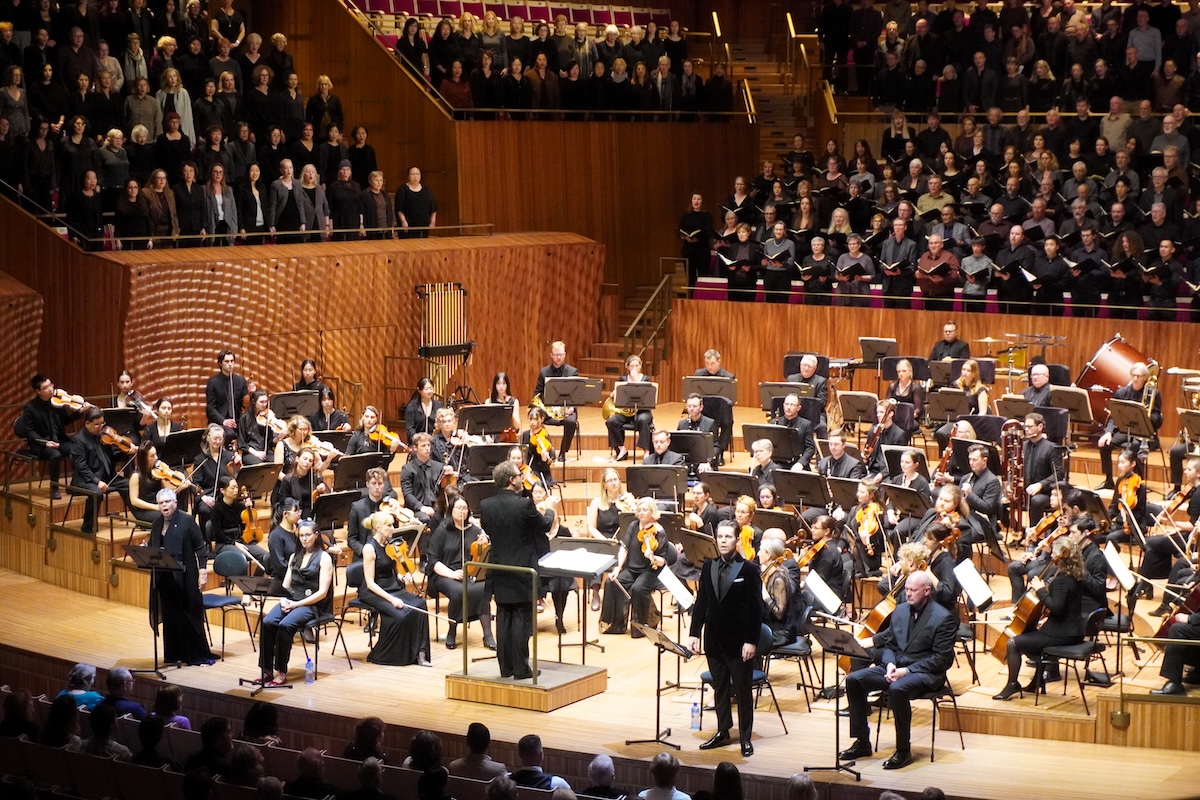
Sydney Philharmonia Choirs: A Child of Our Time. Photo © Simon Crossley-Meates
Although not a full house, the pre-concert talk featuring Tom Forrester-Paton and Dr Michael Bradshaw (Conducting Fellow), and the concert itself, were well attended for a new music event.
Much of the drama in the music was heightened by carefully planned lighting plots. The program opened with VOX choristers taking their places downstage and along both sides of the stalls. A dim orange hue accompanied the Acknowledgement of Country, which flowed seamlessly into the hymn Adira Arenio (O Lamb of God) in Mer Island language. Arranged by composer Alice Chance, this segment gave audience members in the stalls a surround-sound experience.
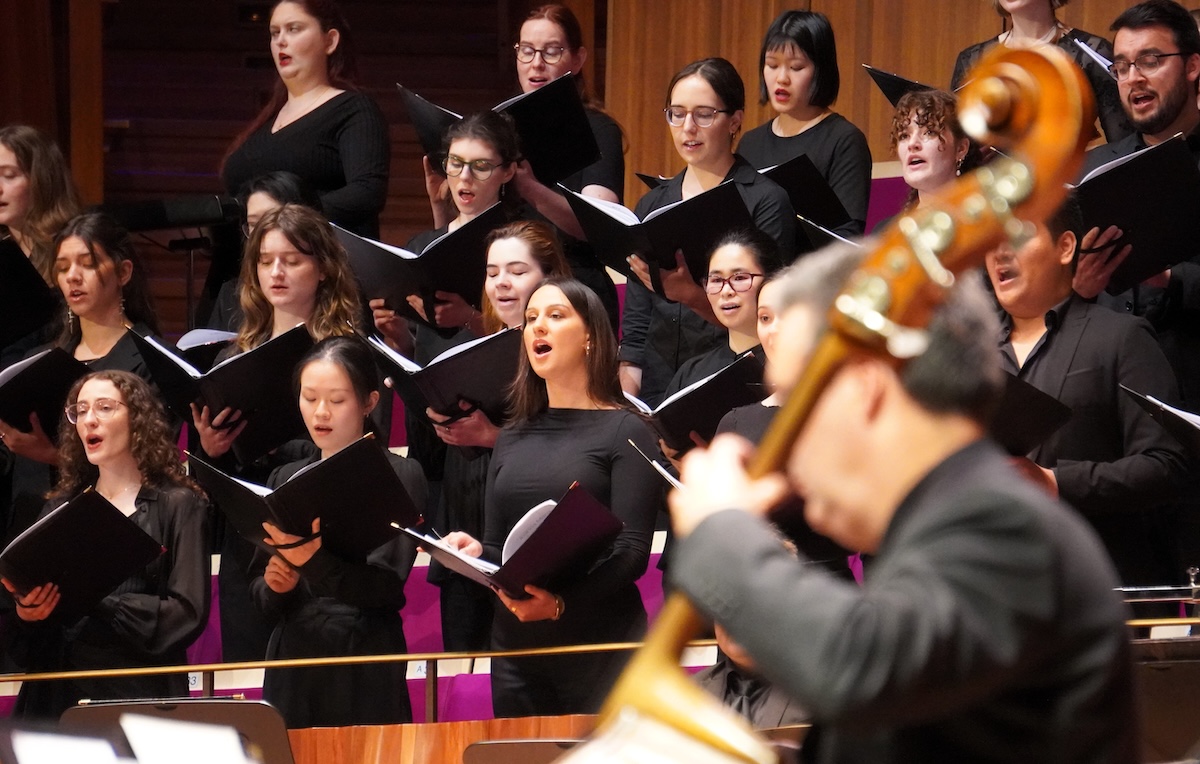 Sydney...
Sydney...
Continue reading
Get unlimited digital access from $4 per month
Already a subscriber?
Log in


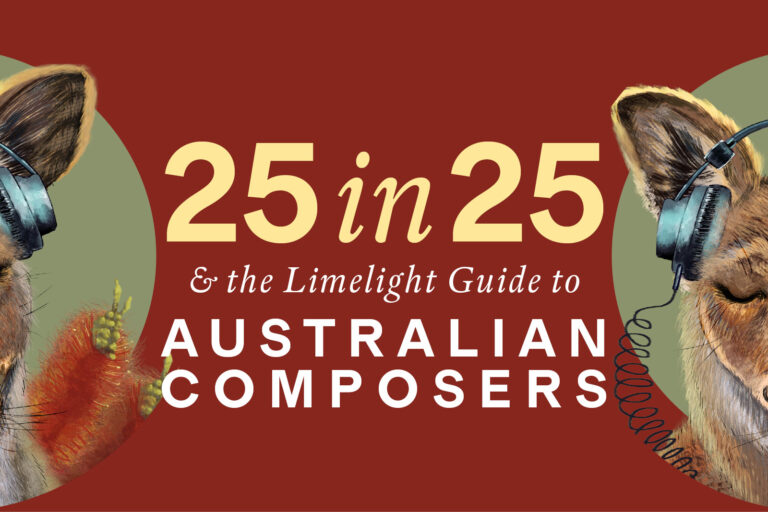

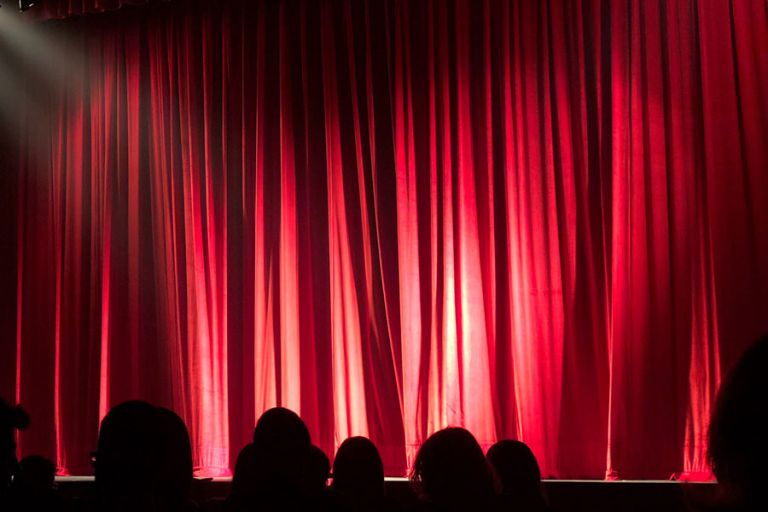
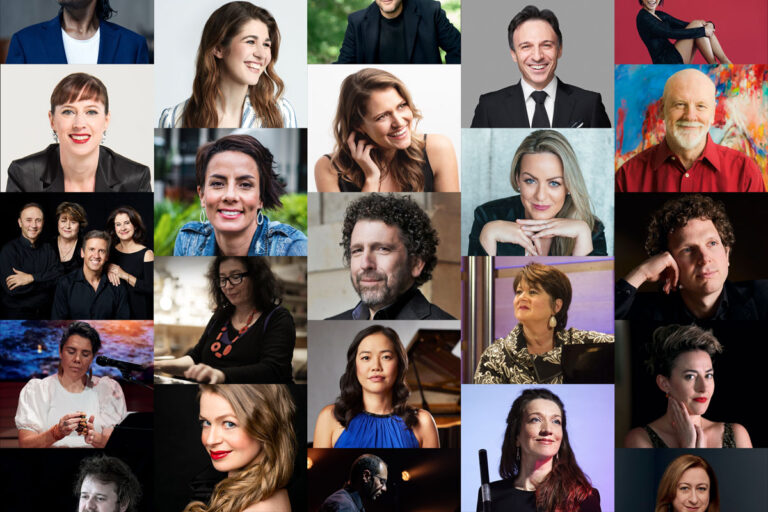
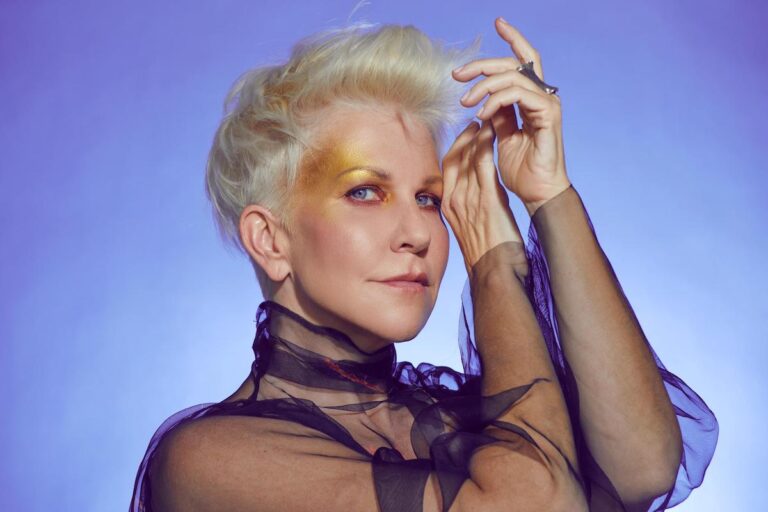

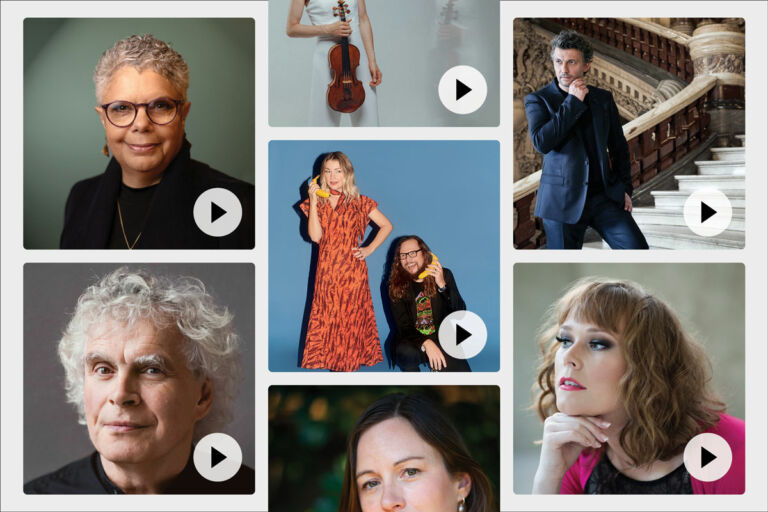
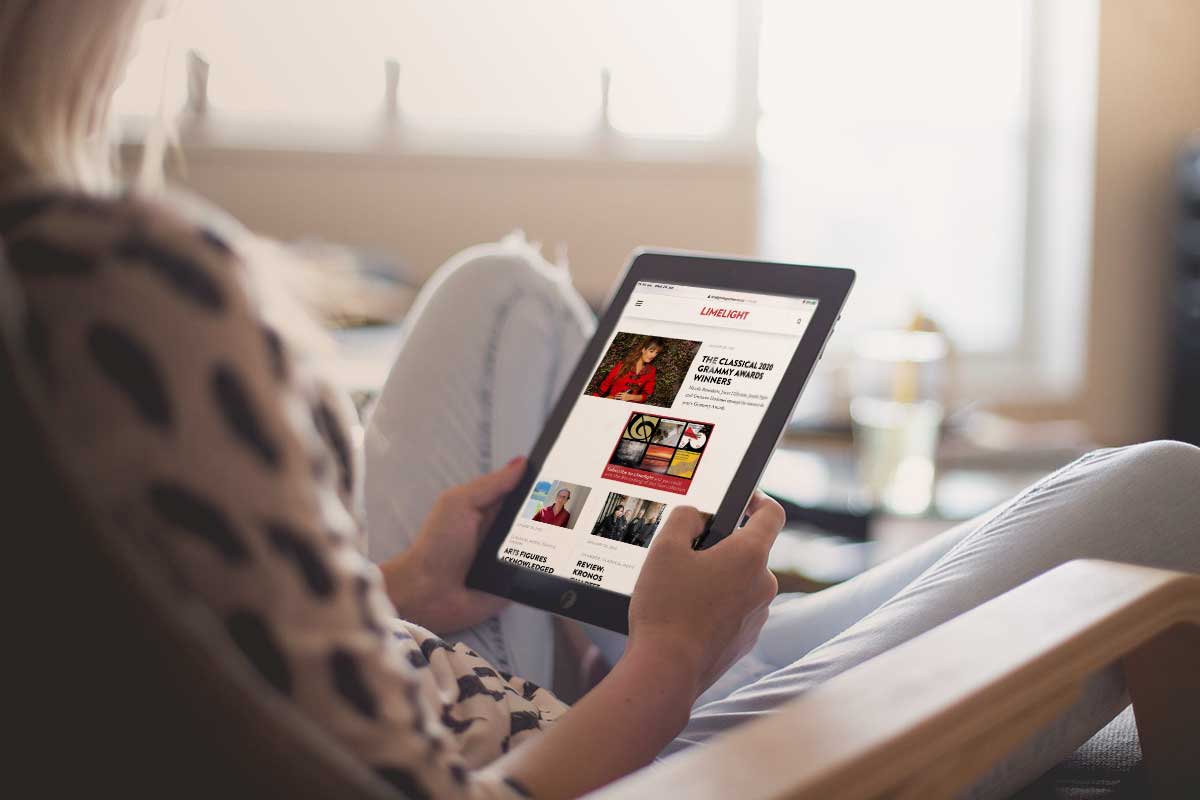
Comments
Log in to start the conversation.